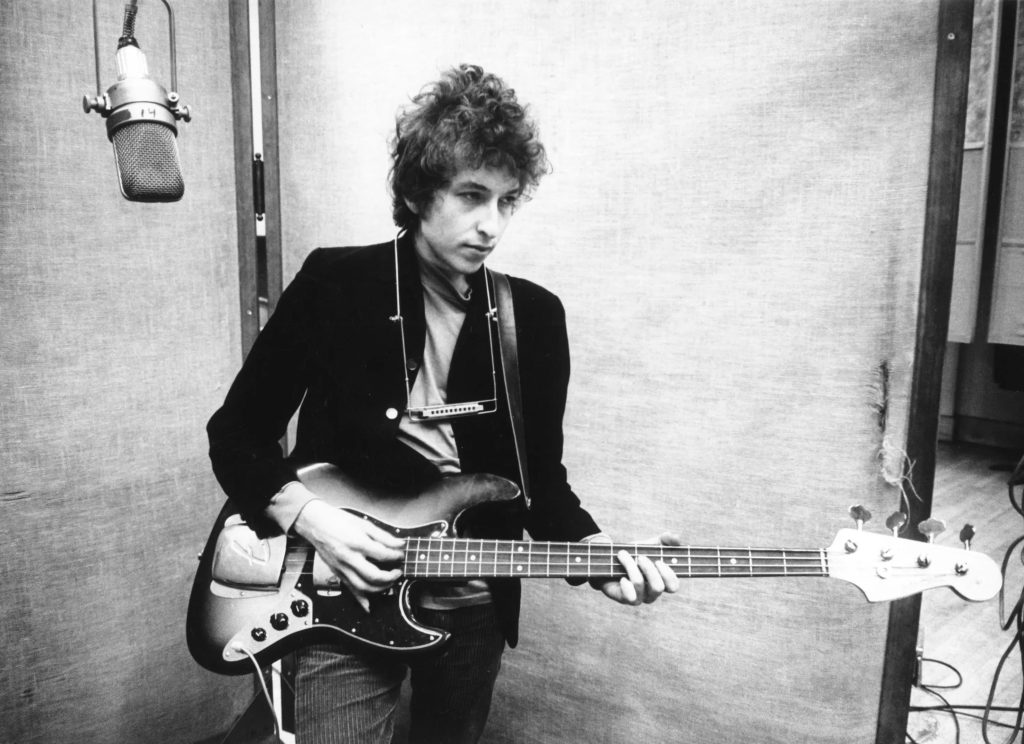
A Song That Changed the Game: Bob Dylan’s “Like a Rolling Stone”
For music lovers of a certain age, Bob Dylan’s name evokes a particular image: a young folk singer with a harmonica strapped to his chest, weaving tales of social justice and poetic rebellion. But in 1965, Dylan did something unexpected. He shattered that image with a single song: Like a Rolling Stone.
Released on July 20th of that year, “Like a Rolling Stone” wasn’t just a song – it was a sonic explosion. Gone were the gentle strums of his acoustic guitar. In their place came a raw, electric sound fueled by Al Kooper’s now-legendary Hammond organ riff. The lyrics, too, were a departure. Dylan’s signature folk poetry morphed into a scathing indictment, a story of someone who goes from privileged comfort to being down on their luck, with the haunting refrain “How does it feel?” echoing throughout.
The song’s creation was as dramatic as its sound. Exhausted from a grueling tour of England, Dylan poured his experiences into a lengthy piece of verse. He then distilled it into the four verses and chorus that we know today. The recording sessions, however, were far from smooth. Columbia Records, Dylan’s label, was initially hesitant. The song’s unconventional length (over six minutes!) and electric sound didn’t fit their mold. It wasn’t until a leaked copy found its way to influential DJs that “Like a Rolling Stone” finally got its due.
The impact was immediate. Though radio stations were initially reluctant to play such a long track, the song climbed the charts, reaching No. 2 on the Billboard Hot 100. Critics were floored. They hailed the song’s revolutionary combination of musical elements, Dylan’s voice – a youthful blend of cynicism and raw power – and the blunt, almost brutal question at its core: “How does it feel?”
“Like a Rolling Stone” marked a turning point for Dylan. It cemented his transformation from folk hero to rock icon. But its influence extended far beyond his own career. The song is considered one of the most important compositions of the post-war era, a testament to its power to challenge musical boundaries and explore the complexities of human experience. Covered by artists from Jimi Hendrix to Green Day, its legacy continues to inspire generations of musicians.
So, the next time you hear the opening chords of “Like a Rolling Stone,” take a moment to appreciate a song that wasn’t just a hit, but a cultural phenomenon. It’s a reminder that sometimes, the most powerful music comes from breaking the mold and asking the tough questions.